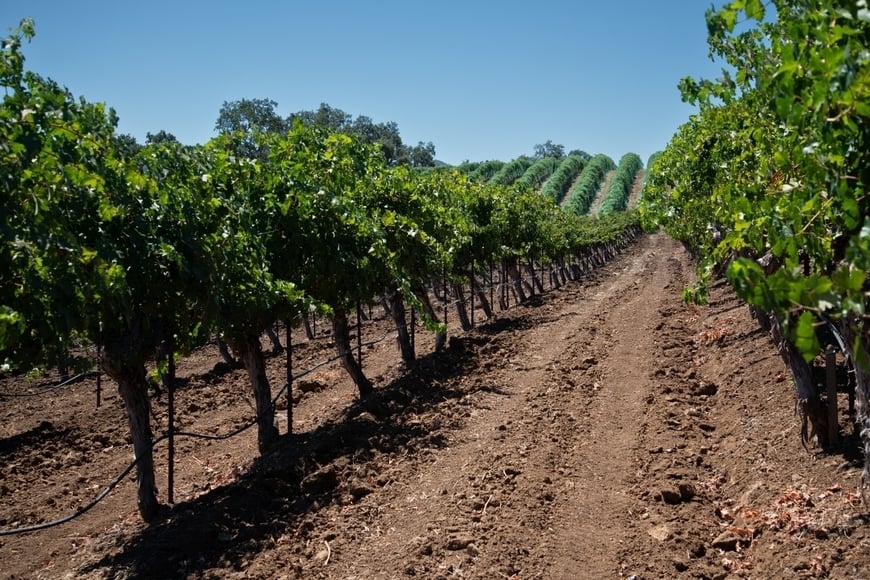


Want to learn more about how people are optimizing the use of beneficial insects in their vineyards or fields? Read this article for information on parasitoid wasps, other beneficial insects, and how growers manage pests while minimizing the number of insecticide sprays they use per season.
Parasitoid wasps make up some of the many species of invertebrates that serve as natural pest control for growers worldwide. As a necessary part of their reproductive cycle, these tiny, wasp species lay their eggs on or in the body of another insect. As these eggs develop, they use their host as a food source until they eventually mature, killing the host insect
Parasitoid wasp species are fantastic partners in the vineyard, orchard, and field. Most species of parasitoid wasp only target a select few species as their reproductive hosts (for example, Anagyrus pseudococci only targets mealybugs, and Diadegma insulare targets diamondback moths). As such, growers interested in using parasitoid wasps as augmentative biocontrol can feel confident that the insects they release will not affect other beneficial organisms, such as pollinators, that may be present in the environment.
In addition to pest-specific parasitoid wasp releases, growers of certain crops are familiar other types of beneficial insects that provide biocontrol services. In vineyards, for example, predatory beetles such as the mealybug destroyer are regularly released to complement parasitoid releases that target vine mealybug.
Target-specific parasitoid wasp releases, as well as the release of other beneficials such as the mealybug destroyer, can be an excellent addition to an integrated pest management program. However, like other insects, these species are vulnerable to broad-spectrum insecticides. If releases are not timed correctly, beneficial insects can be killed by the sprays used to control the species the beneficials are supposed to help manage.
As such, beneficial insect releases are best complimented with integrated pest management strategies that will not adversely impact their survival. Mating disruption is the baseline for many integrated pest management programs targeting severe pests. When used in conjunction with conservation or augmentation biological control, this integrated approach allows for maximum effect of the natural enemies. “A lot of the growers who use mating disruption are also huge believers in beneficial natural enemy control methods,” explains Suterra’s Alyson Crocker.
One to two releases of Cryptolaemus beetles into a vineyard can provide season-long impact if broad-spectrum sprays can be avoided, while Anagyrus wasps may require up to four to eight releases per season. Contact your local insectary for more information on parasitoid releases for your unique crop.
Historically, beneficial insects were released by hand into vineyards. However, aerial drone technology has made releasing these species more efficient and less time-consuming than in years past, especially in larger vineyards and vineyards with rough terrain.
The exact mechanics of drone releases for augmentative biocontrol varies somewhat depending on species, but the basic principle remains the same. Most parasitoid wasp species are released by drone while still in the egg, using rice hulls as a medium to ensure even distribution. Cryptolaemus, on the other hand, are released via drone in their adult form.
In some situations, aerial releases can be effectively combined with other agricultural drone activities for maximum efficiency. While beneficials like Cryptolaemus can be more readily visually monitored after release, parasitoid wasps are difficult to directly monitor in the field due to their small size and evasive nature. However, growers can still monitor the effectiveness of their parasitoid ‘assistants’ by scouting for visual signs of the insects completing their lifecycle within the body of the pest. For example, Anagyrus impacts can be scouted by looking for telltale exit holes in their mealybug hosts, indicating that wasp larvae have completed development and emerged from the pest.
For more information on integrated pest management, Suterra is happy to help. Contact one of our experts online or your local representative.